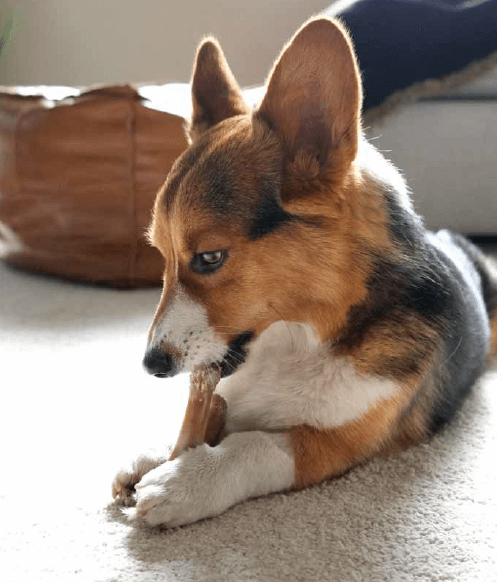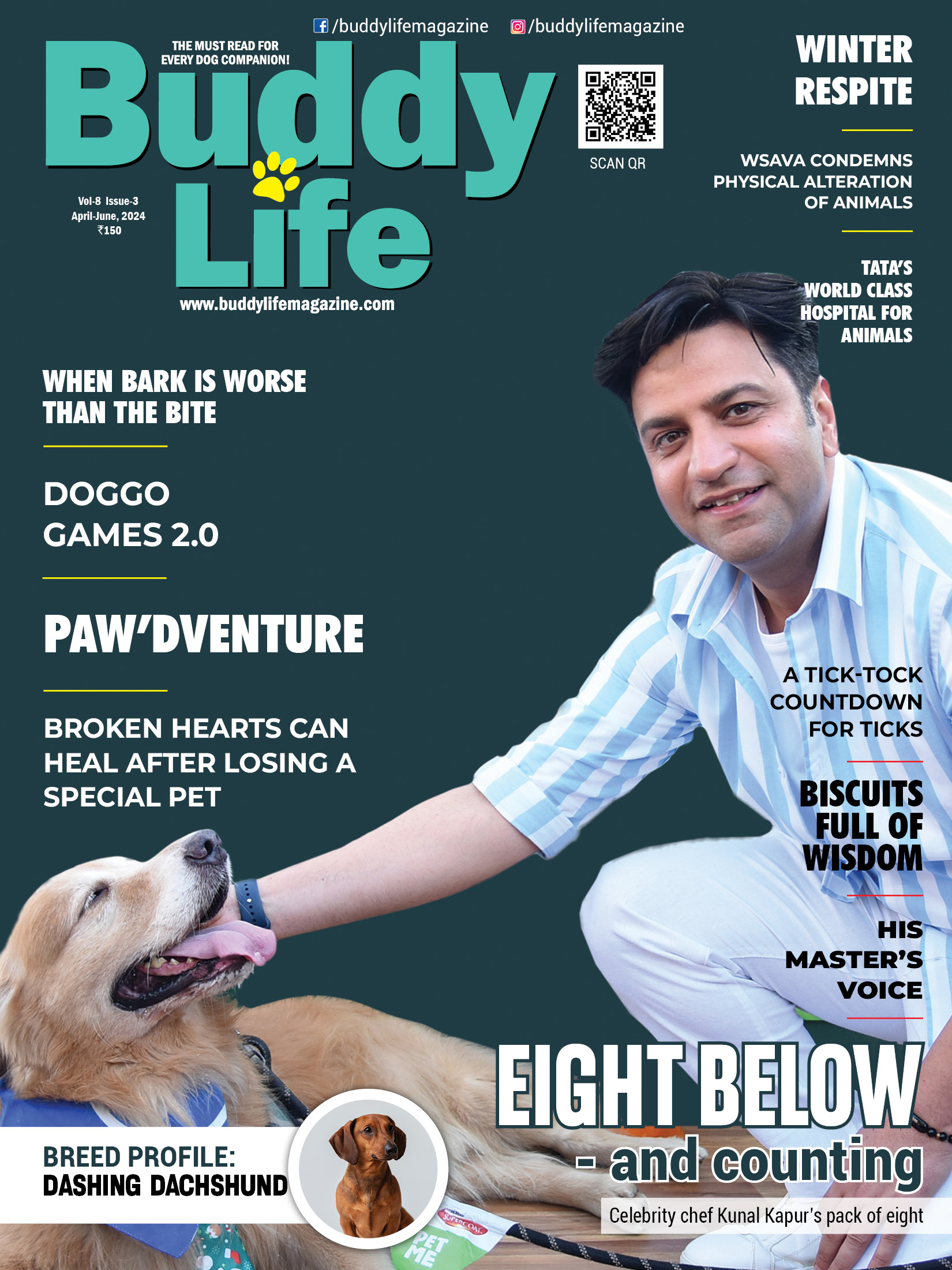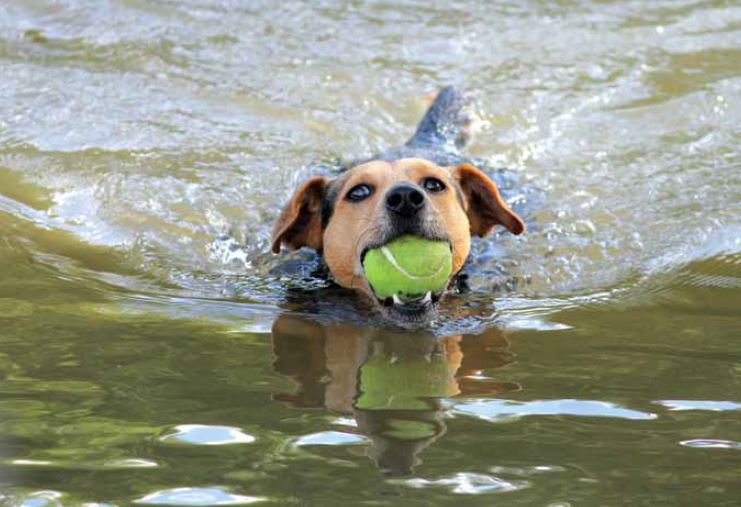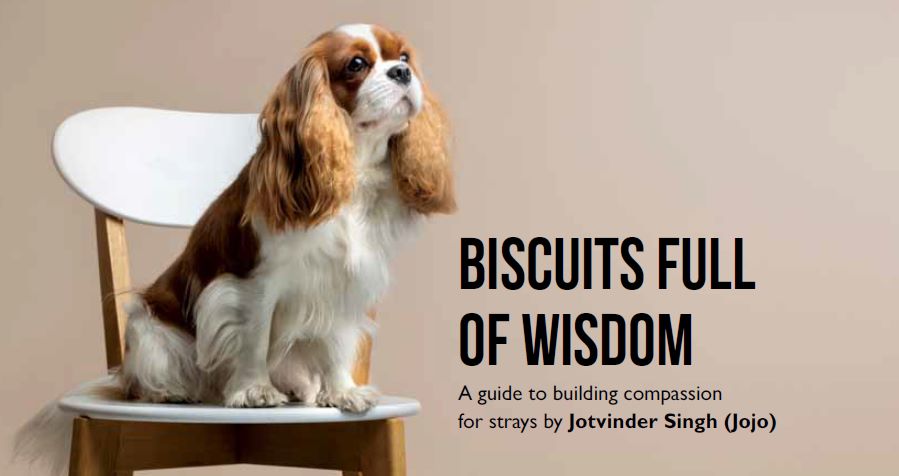
Why do dogs have dewclaws? I’m talking to a breeder about a puppy, and he says the dewclaws will be removed. Is it better to remove them or keep them?
Rashmi Seth, Mumbai
All dogs are born with a toenail on the inside of their front legs called the dewclaw. When looking at a dog’s foot the toes that make contact with the ground are essentially the pinky, ring, middle, and index fingers – the dewclaws are like the thumb. Feeling the nail you should be able to move the dewclaw a little (forwards and backwards) and you’ll probably be able to feel the tendons that connect the nail to the leg. The presence of these tendons suggests that the front dewclaw has a function and that removal of the front dewclaw may have lifelong consequences for our dogs.
The dewclaws are often referred to as vestigial appendages, meaning they no longer serve a purpose, but many dog owners would beg to differ on that subject. Dogs haven’t taken to texting yet (give them time), but they use their dewclaws to grasp and manipulate items such as bones and toys, grip ice or other surfaces to pull themselves out of water, and gently scratch an itchy eye. Dogs doing agility may grasp the sides of the teeter with their dewclaws to steady themselves. And canine speedsters such as whippets and border collies use their dewclaws to corner like race cars.
Now some breeders remove the dewclaws because they don’t see any use for them, and because it can be a painful, bloody mess if your dog tears his dewclaw. Dewclaws that stick out, instead of being tight to the paw, can get caught in carpeting or brush or when dogs go after prey such as lizards in rock piles. Usually, the dewclaws are removed when puppies are only a few days old. While painful, it’s not an especially traumatic event, as it would be later in life. When standing, the front dewclaw may not appear to be functional because it doesn’t come in contact with the ground but observing the dewclaw when the dog is in motion tells a different story. Five tendons attach to the dewclaw and play an important role when the dog is in motion. For example: When a dog’s lead leg is on the ground during the gallop or canter, the dewclaw is on the ground to stabilize the carpus. When a dog turns, the dewclaw digs into the ground to support the structures of the limb and prevent torque. Some dogs also use their dewclaws to help them climb trees and out of water, or hold items as they chew. If a dog does not have dewclaws, there is a higher potential for the carpal ligaments to stretch and tear which could result in laxity and arthritis over time (OUCH!). This can then result in more stress being generated through the dog’s carpus, elbow, shoulder, and spine as it tries to compensate for the lack of digit. There are a number of reasons why someone may choose to remove front dewclaws from their dog. So what are some of the reasons behind removal?
Belief that fronts dewclaws are a non-functional digit. For many years, people believed that because the nail of the dewclaw doesn’t touch the ground in standing that it must not have a real purpose and therefore removal of the nail wouldn’t impact the dog in any way. Rear dewclaws, on the other hand, do not have any associated tendons and are considered non-functional (though they may be required for some breed standards to be present).
Breeders fear pet owners won’t cut dewclaws or will miss them. Some breeders fear that pet owners will miss the dewclaw when trimming their dogs nails and risk the nail becoming embedded or ripping.
Cleaner front look. In the conformation ring some breeders and owners feel that the dewclaw detracts from the dog’s overall appearance.
Risk of injury and fear of the dog ripping their dewclaw. Some feel that the dewclaw is an unnecessary risk and remove the nail to prevent potential injury. Keeping the nail short is key to avoiding injury with dewclaws! Like other toenails the nail of dewclaw needs to be trimmed regularly but due to the location of the dewclaw the nail will not make contact with the ground and will not wear down naturally like other toenails. Left untrimmed, the nail can curve down and become ingrown, risking infection. Untrimmed, the nail will also develop a longer quick making it difficult to maintain proper length. Long dewclaws also have a greater risk of catching on things and risk injury. Speaking with vets, you may be surprised at how few dewclaw injuries they see in dogs with well managed nails.










 " >
" >
 " >
" >